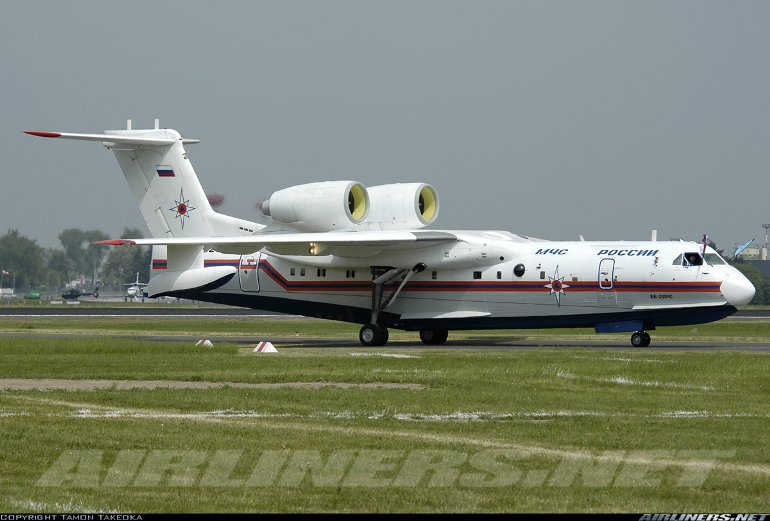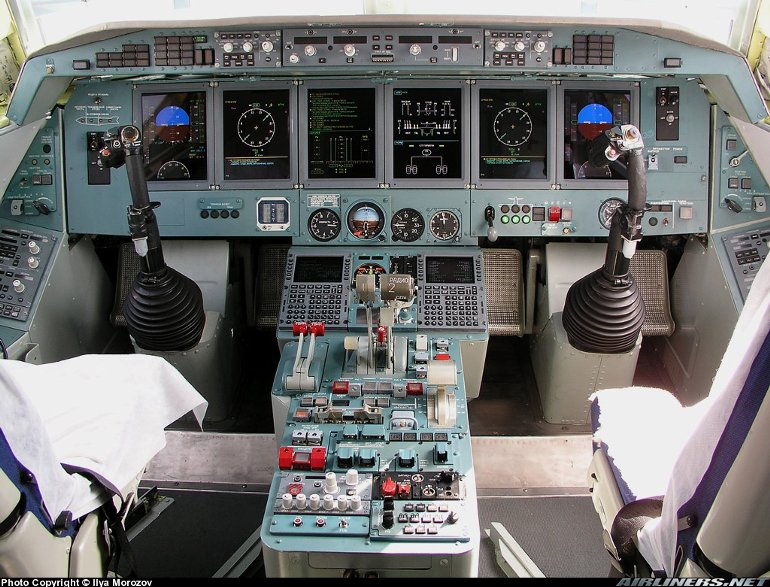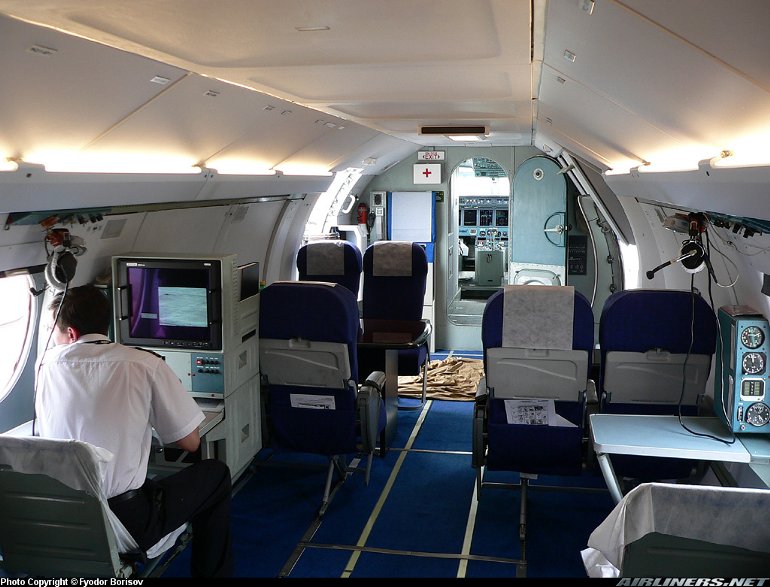Aircraft Technical Data
Beriev Be-200



| Details | |
| Country of Origin | Russia |
| Type | Firefighting and multirole amphibian |
| History | The Beriev Be200 jet powered multirole amphibian is based on the larger military A40 Albatross. Beriev has extensive experience in building large amphibious aircraft. The turboprop ASW Be12 Tchaika was built in fairly large numbers from the mid 1960s (approx 150) for the Soviet navy. The Be42 Albatross jet meanwhile (which has the NATO reporting name `Mermaid') first flew in prototype form in December 1986 and is being developed for the Russian navy for maritime surveillance and ASW. The Be200 is based on the Be42 and it uses many of the design features and technologies developed for the Be42, but is smaller overall and designed for civil roles, in particular firefighting. Aerodynamically the Be200 is very similar to its larger forebear, with the same overall proportions. The all metal hull design is based on the Be42's, and the Be200 has a mildly swept wing with winglets, above fuselage mounted turbofan engines and a swept Ttail. The airframe is strengthened to cope with the demands of water operations and firebombing and there is some use of advanced aluminium lithium alloys. The two crew flightdeck features an ARIA2000 EFIS avionics suite (ARIA is a collaboration between the Russian avionics research institute and AlliedSignal). The ARIA2000 suite includes specialist firefighting functions including an automatic glidescope and water source/drop zone memorisation. Design work on the Be-200 began in 1989. It is being developed by Betair, a collaboration between Beriev and Irkutsk in central Russia where the aircraft will be built, Swiss company ILTA Trade Finance, which is providing marketing and financing support, and other partners. The Be200 is being built to meet western certification requirements. After a number of delays the first flight took place on September 24 1998 from Irkutsk Aviation Production Organisation's airfield in Irktusk, Siberia. |
| Powerplants | Two 73.6kN (16,550lb) ZMKB Progress D436T turbofans. |
| Performance | Max speed 720km/h (388kt), max cruising speed 700km/h (377kt). Max initial rate of climb 2755ft/min. Service ceiling 36,090ft. Range with 66 passengers 900km (486nm), with 12 passengers in a corporate configuration 3200km (1727nm), with 3000kg (6614lb) freight payload 2500km (1350nm). Range with max fuel 3850km (2078nm). |
| Weights | Max takeoff 37,200kg (79,365lb). |
| Dimensions | Wing span (over winglets) 32.78m (107ft 7in), length 32.05m (105ft 2in), height 8.90m (29ft 3in). Wing area 117.4m2 (1264.2sq ft). |
| Capacity | Flightcrew of two. In firefighting configuration can uplift 12 tonnes (26,460lb) of water. Alternative seating for 68 economy class, or 10 to 32 first class passengers, with a seating pitch up to 102cm (40in). Ambulance configuration seats seven medical attendants and 30 stretcher patients. Can carry 8 tonnes (17,635lb) of freight in cargo configuration |
| Production | At late 1998 five firm orders were held. |
| Related Links | Beriev Be-200 |
The backbone of this section is from the The International Directory of Civil Aircraft by Gerard Frawley and used with permission. To get your own copy of the book click here. |
|








